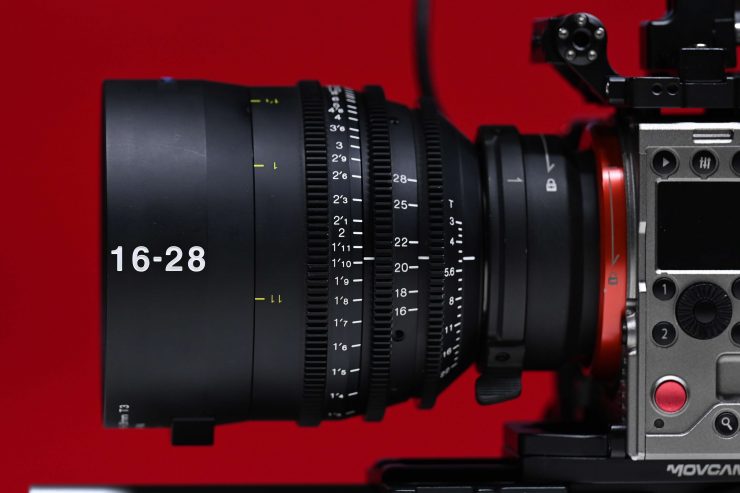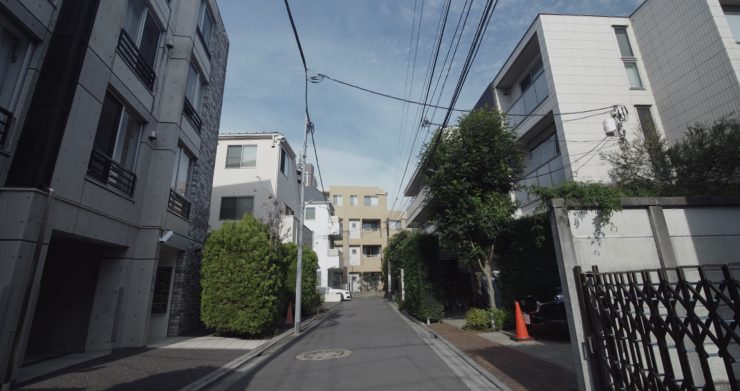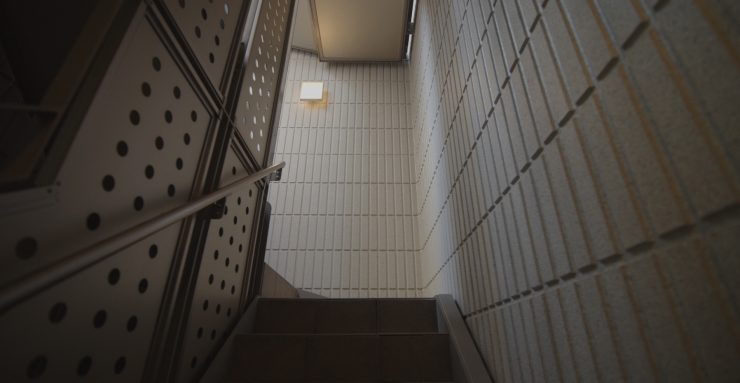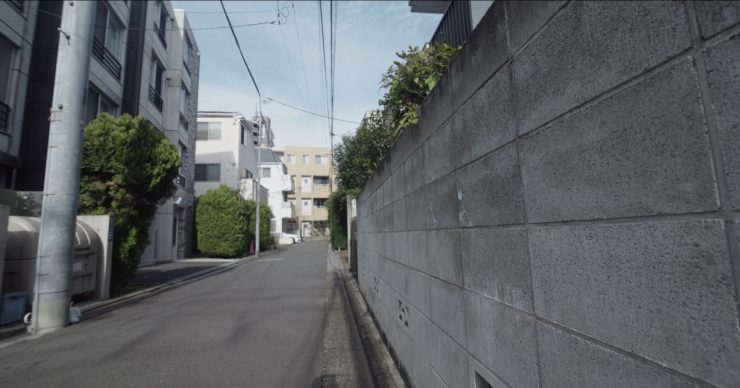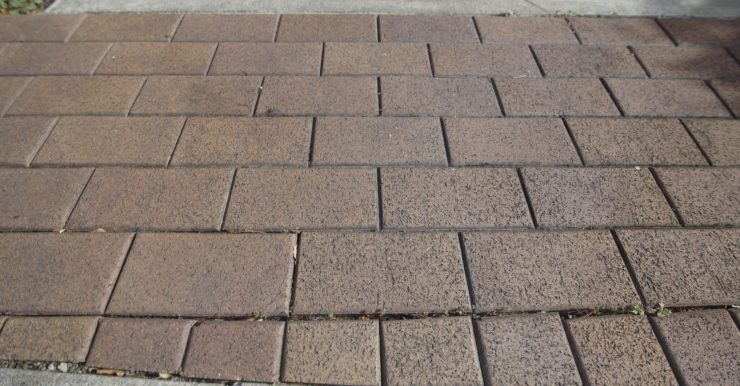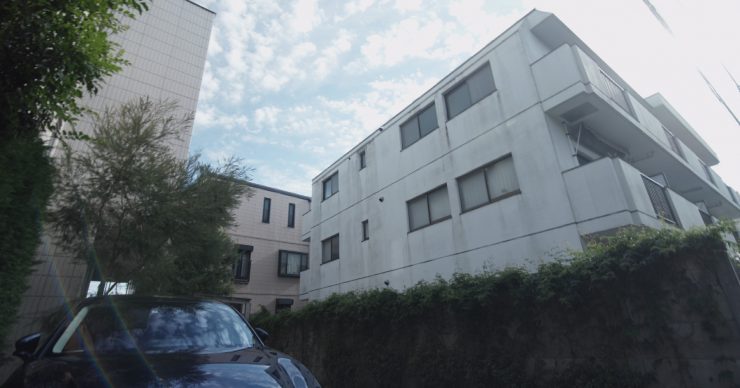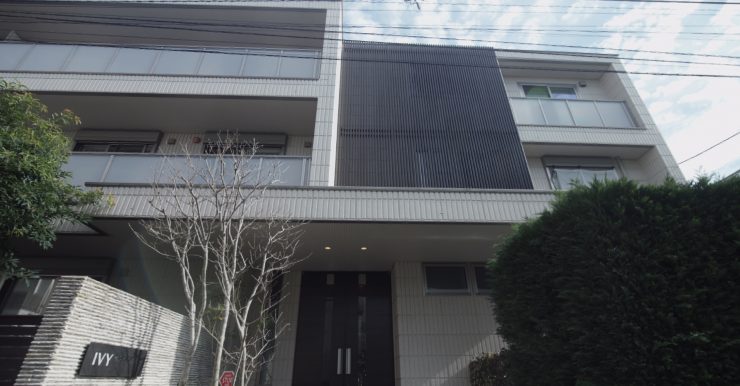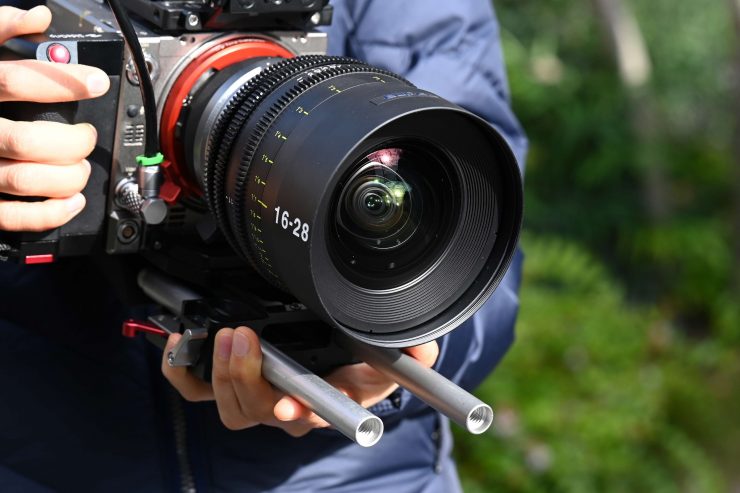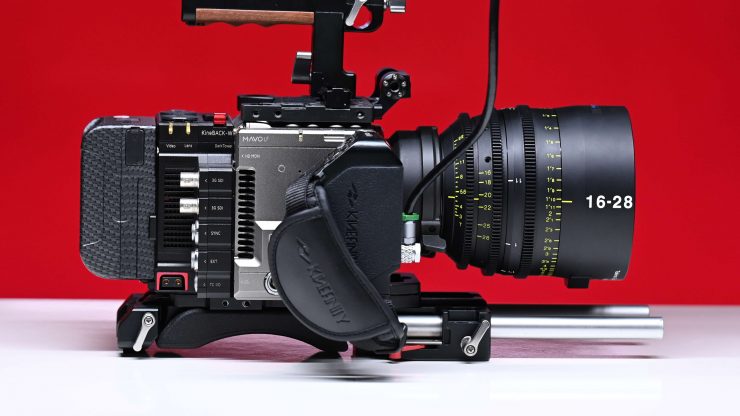
The Tokina Cinema Vista 16-28mm II T3 is one of four zooms currently made by the Japanese lens manufacturer. The other cine zooms that Tokina Cinema currently makes are the 25-75mm T2.9, 50-135mm T2.9 MKII, and 11- 20mm T2.9. It is important to note that these other cine zoom lenses are S35 only.
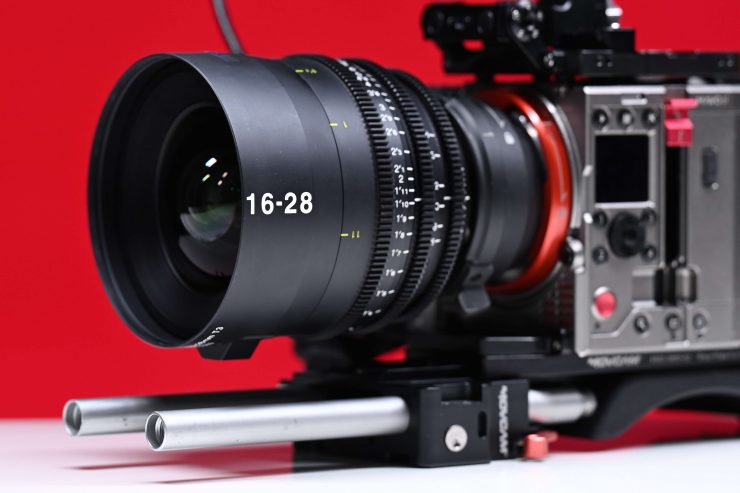
The 16-28mm II T3 is designed to cover full-frame and larger sensors that have up to a 46.7mm image circle.
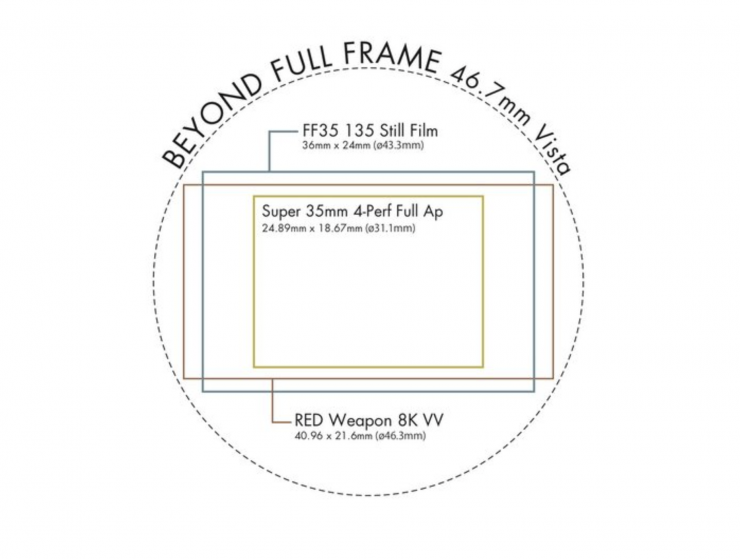
According to Tokina Cinema, the lens is capable of resolving beyond 8K. Technically it can resolve about 4 micron pixel sizes but everything in the 8K resolution in VV size is 5-6 microns.
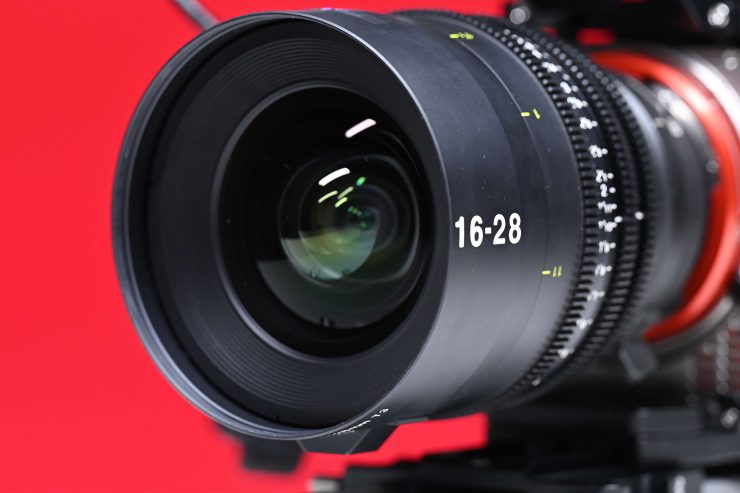
The lens has a 112mm filter thread and Tokina offers PRO IRND in that size.
What you clearly need to know is that the 16-28mm II T3 uses the same optics as the 16-28mm Tokina ATX photo lens from a few years back. The cine version benefits from an increased focus throw, all-metal housing, and focus marks.
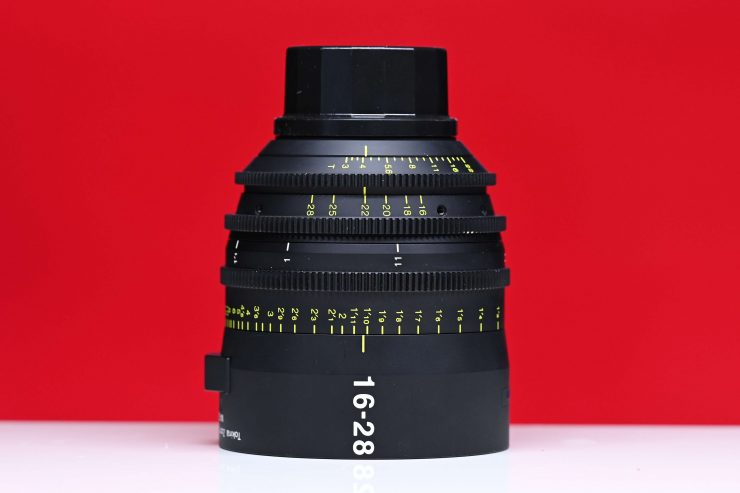
The 16-28mm II T3 has actually been around for 5 years, and it was one of the first wide full-frame cine zooms on the market. It hasn’t received much attention and I think a lot of people in the market for a wide-angle full-frame zoom may well not know about its existence. With more and more full-frame cameras coming to market I thought it was a good idea to have a look at this lens in more detail.
Tokina Cinema now has quite a comprehensive portfolio of zooms and primes and they are continually adding new lenses to their lineup.
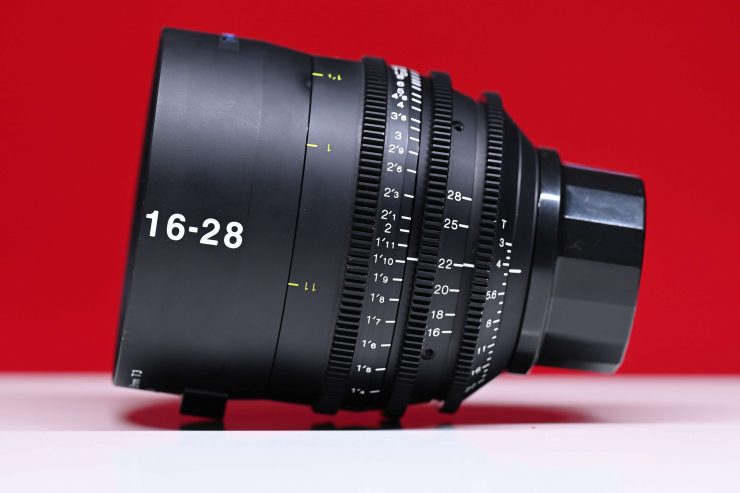
Key features
- Constant T3 Aperture
- 46.7mm image circle coverage
- 0.8 MOD Focus, Aperture & Zoom Rings
- Low Distortion
- 300° Focus Rotation
- 112mm Front Filter Thread
- 114mm Front Diameter for Matte Boxes
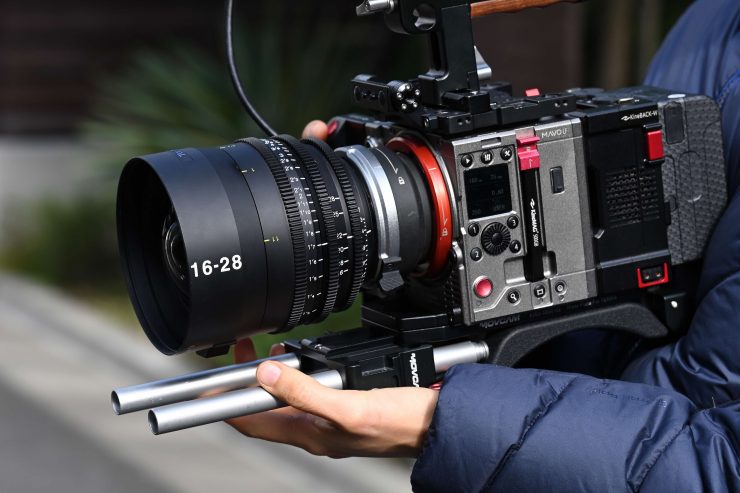
16-28mm is not a massive focal range, but generally, with wide-angle zooms on full-frame or larger sensors, you probably are only going to use the lens for certain types of shots. 16mm on a full-frame sensor is very wide and this is handy if you are shooting factual or documentary content when you need to operate in small spaces. The only current concern for anyone looking at this lens is there aren’t any companion full-frame Tokina Cinema zooms that you could use with it. You could use the 25-75mm T2.9 zoom with some full-frame sensor cameras because it actually does cover a 36mm image circle, despite only technically being classified as an S35 lens.
I wouldn’t be surprised to see Tokina Cinema release a mid-range and telephoto full-frame zooms to complement this lens.
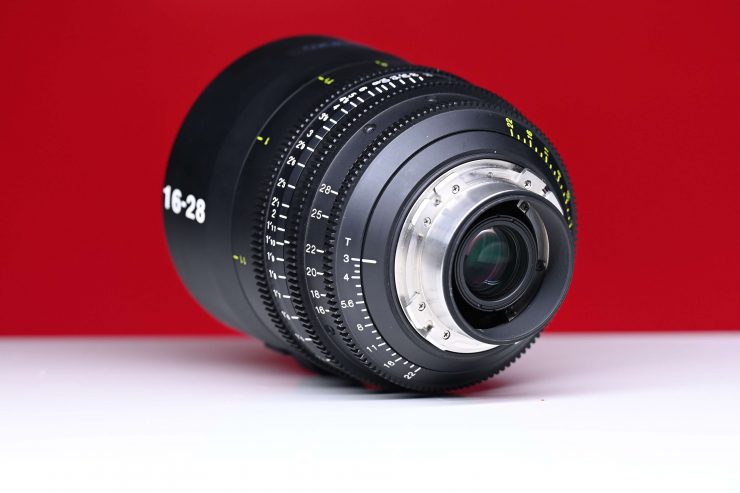
The biggest selling points for the Tokina Cinema 16-28mm T3 are that it features virtually no breathing, it has a 300-degree focus rotation, a constant aperture across its zoom range, and that it is relatively affordable. It is also one of only a handful of full-frame and larger cine wide-angle zooms.
Optical Design
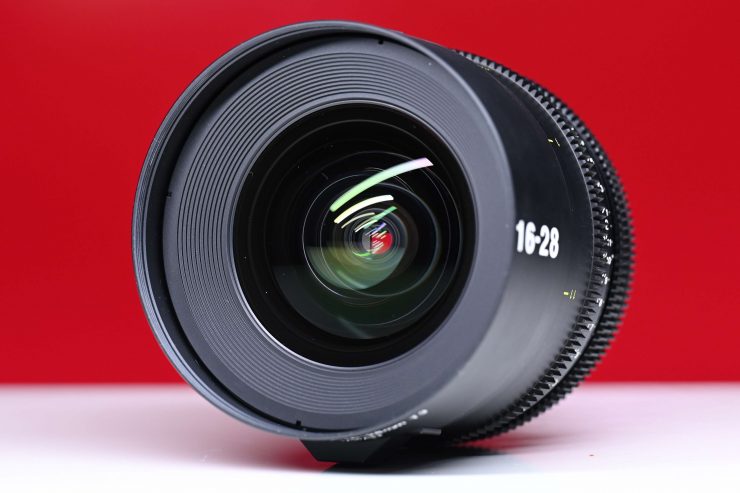
The optical design consists of 13 groups and 15 elements. The minimum focus distance is 11″ / 28 cm and the lens has 9 aperture blades. The close focus of this lens can come in handy for certain shots.
Size & Weight
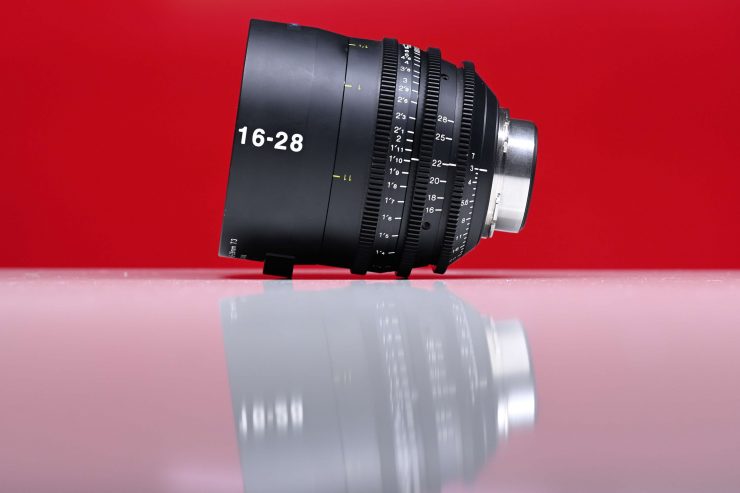
The 16-28mm II T3 is 14.2cm / 5.6″ in length and it tips the scales at 1.75kg / 3.85 lb (PL mount version). This makes it reasonably compact for a full-frame wide-angle cine lens, however, it does have some weight to it.
I think most users will find the size and weight of the lens acceptable, however, it may be a little large and heavy if you try and pair it with smaller-sized mirrorless hybrids.
Build Quality
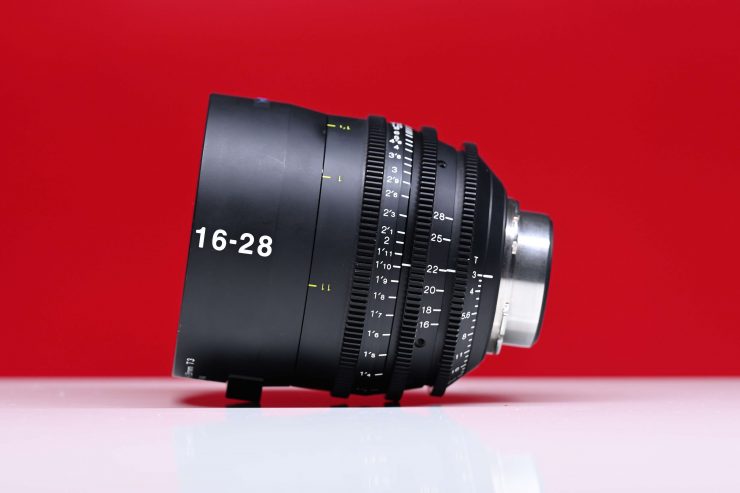
16-28mm II T3 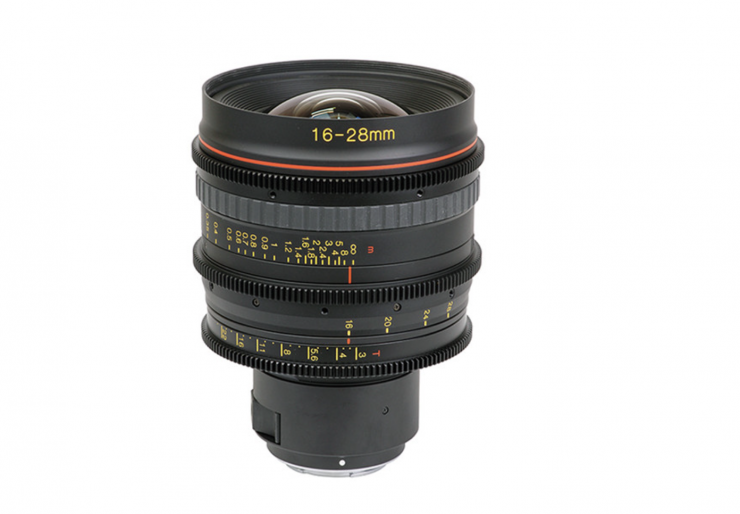
original 16-28mm T3
I think the reason that the 16-28mm II T3 hasn’t received a lot of attention is that people are perhaps reminded of the original Tokina cinema zooms where the build quality was arguably not up to scratch. Thankfully those days are long gone and the latest Tokina Cinema zooms are very solidly made and well constructed. The outside of the lens casing is a hard metal and it has been designed in a matte black finish to avoid light reflecting off it, however, is susceptible to marks and scratches.
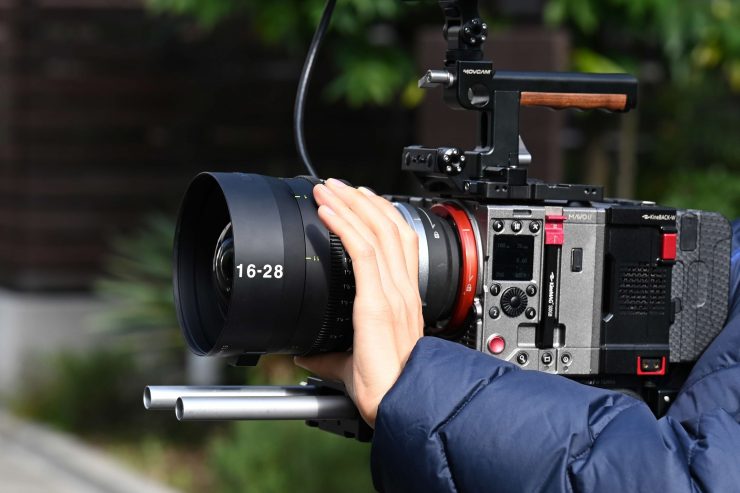
The focus ring is beautifully weighted and the operation is very smooth. As I already mentioned, the focus rotation is 300 degrees, which is great if you are using a follow focus, but if you are pulling focus by hand you will find it difficult going from the minimum focus to the maximum focus point.
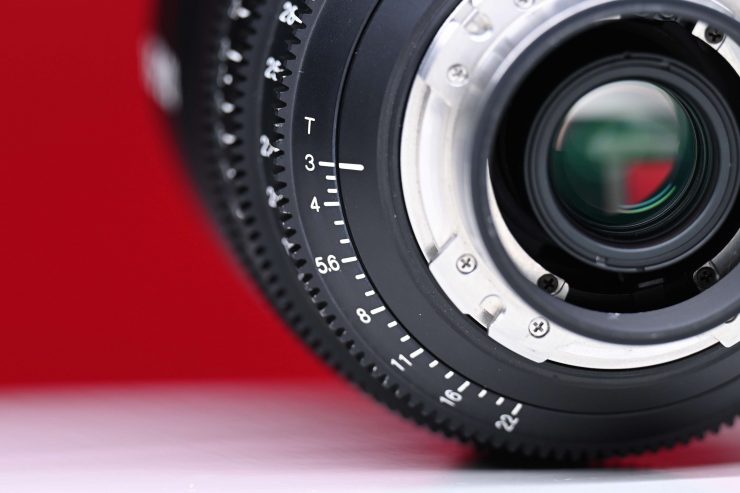
The zoom and iris rings are more heavily dampened and they do take more effort to move it than the focus ring. This is fairly common with cine zooms because you don’t necessarily want to accidentally bump or have the focal range or T-stop change by accident. What I like about the Tolina Cinema series is there is a very solid and noticeable consistency to the build quality and operation of all of the lenses, regardless of whether they are zooms or primes.
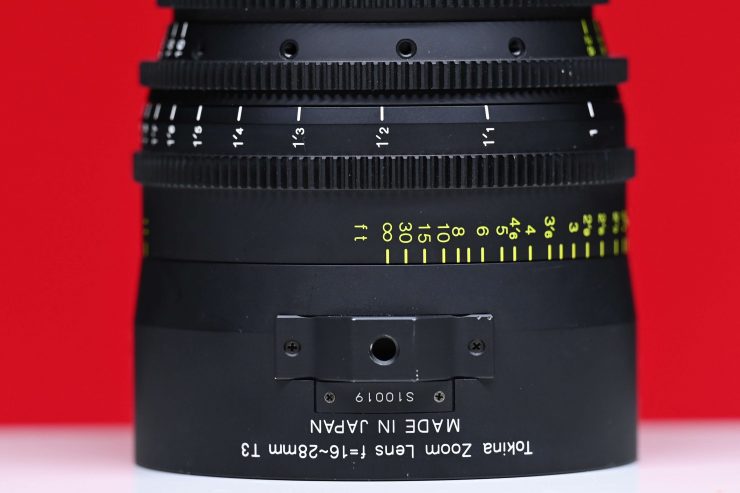
There is a built-in lens support adapter that takes a 1/4-20″ thread.
Markings
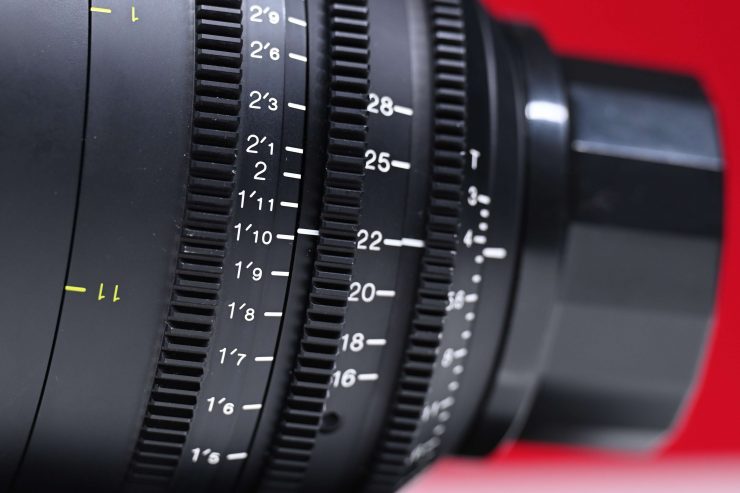
The 16-28mm T3, like all the current Tokina Cinema prime and zoom lenses, has clearly marked focus and iris scales on both sides of the lens. There certainly are a lot of markings and some cinematographers or camera assistants may think there are too many.
What I have discovered over the years from going into rental houses here in Japan and talking to camera assistants and cinematographers who work here is that they actually like having lots of marking on lenses. As the lenses are made in Japan this is probably why there are so many markings.
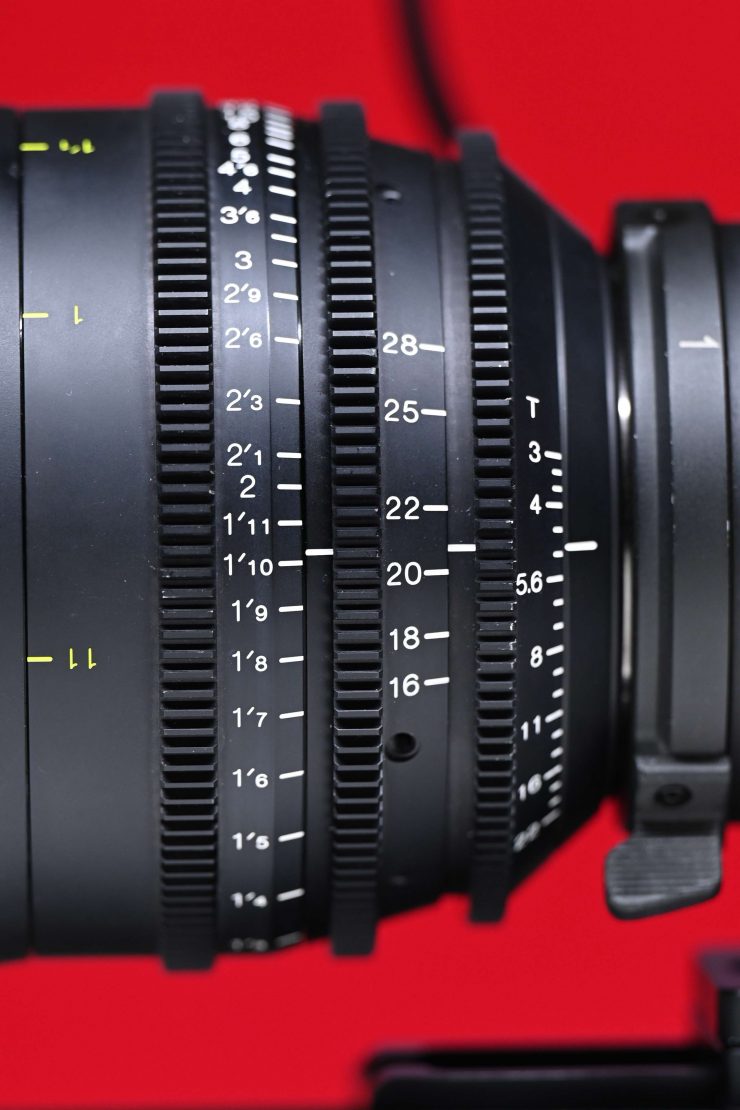
Operators side 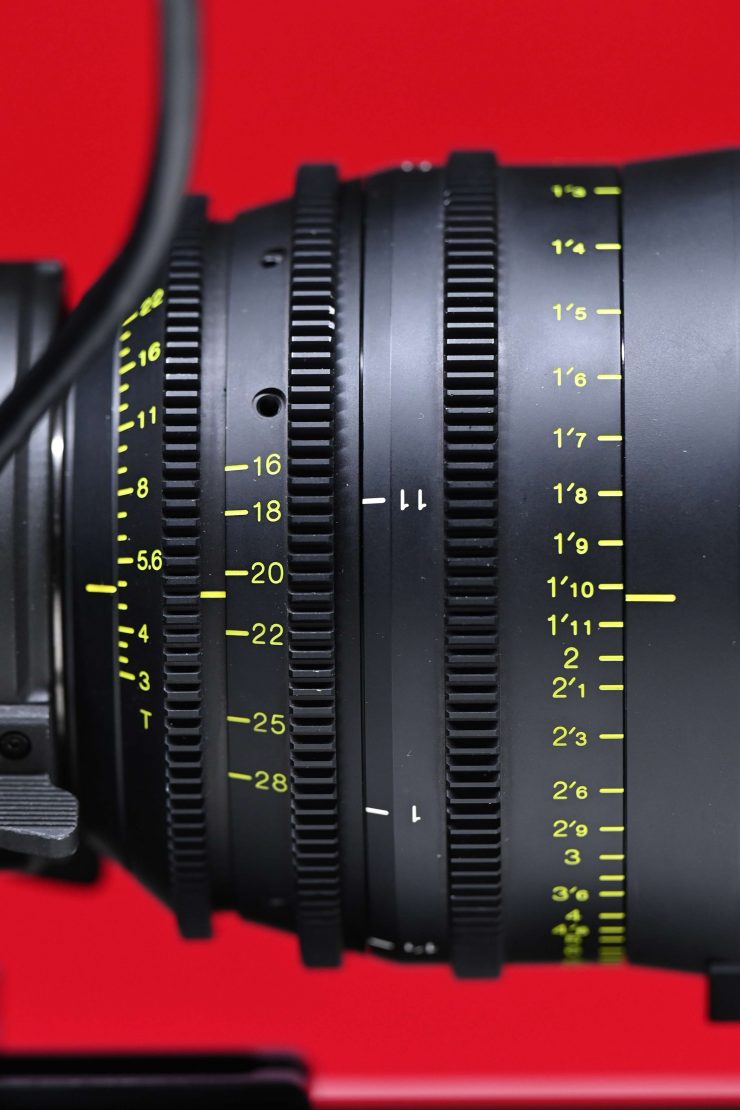
Camera assistants’ side
The markings are easy to read and can be seen on both sides of the lens. On the operator’s side, they are white in color, and on the camera assistants’ side, they are a fluoro yellow.
Mounts Available
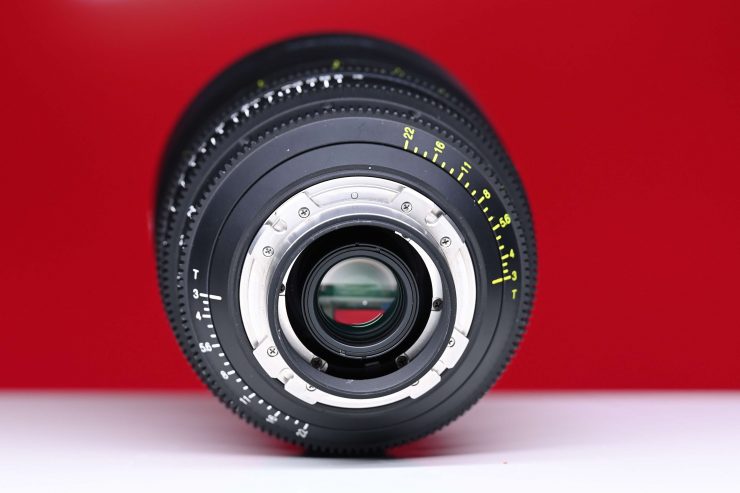
The lens is available in PL, Canon EF, M4/3, and Sony E Mount. The mount is changeable, but unfortunately, this is not something you can do yourself.
No Breathing?
I tested out the lens by doing large focus throws, and there is a small amount of breathing, but it is fairly well contained. Given this lens is based on a stills lens design it isn’t any big surprise that there is some breathing.
No lens technically has zero breathing, but very good cinema glass has such minimal amounts that it is virtually impossible to see. What you will normally see is some perspective shift which is normal when refocusing a lens.
Image shift is the change in location of a fixed point after a focus rack. It should be in the same spot after you rack focus.
Perspective shift is the focal length of the lens being modified by the movement of the optics. A slight change in focal length may happen if there is a floating element that moves and is not properly corrected for in the design. Certainly, the great majority of lenses have this issue. It’s also tenths of a mm so not overly noticeable.
Focus breathing is a change in image size so the size of the object will get larger as it moves out of frame. That is reproduction size.
In summary,
Fall off, Image Coverage & Vignetting
As the lens covers a 46.7mm image circle, when you use it on a full-frame-sized sensor you get very good illumination across the entire image.
I didn’t see any vignetting when shooting 6K 17:9 full-frame on the Kinefinity MAVO LF.
Sharpness
Tokina lenses are generally pretty sharp across the board, so how does the 16-28mm II T3 perform. Above you can see how the lens performs when used at various T stops at 16mm.
The lens retains very good sharpness even when used wide open at T3. It definitely improves once you start stopping down and the sweet spot is T5.6 or T8. The lens is very useable at T3, even when you crop in 300% the sharpness is still good. Realistically, no one is going to crop a 4K image 300% for 4K delivery.
Above you can see how the lens performs when used at various T stops at 28mm.
I found that at 28mm the lens wasn’t as sharp when used wide open as it was at 16mm. T3 is noticeably softer and you can definitely see a big improvement once it is stopped down. I saying that it isn’t as if the lens is soft, because it certainly isn’t. It just doesn’t appear to be as sharp wide open at T3 as it does when used at 16mm. Once you hit T5.6 at 16mm this lens is very sharp.
Ok, so what about edge sharpness. This is something most ultra-wide-angle lenses struggle with. Above you can see how the lens performs at 28mm when used at both T3 and T5.6.
The lens is certainly softer out towards the extreme edges than it is in the middle. This is most apparent when the lens is used wide open. Once you stop down to T5.6 it is reasonably good.
Above you can see how the lens performs at 16mm when used at both T3 and T5.6.
Just like at 28mm, the lens is softer out towards the extreme edges than it is in the middle, however it does appear to be sharper at 16mm than at 28mm.
Overall, I found the sharpness of the 25-75mm T2.9 to be pretty good. It is sharp without being overly jarring in appearance.
Lens Flare
As you would expect with a modern lens design, the flare is very well contained, even when used wide open at T3. Stopping down does help in reducing lens flare, but regardless of what aperture you are using the lens still manages to maintain good contrast.
The lens is perhaps a little clinical when it comes to lens flare, however, you can get some interesting looks depending on the lighting conditions. I did find that at 16mm you can get some reflections coming off the inside of the lens barrel. I personally preferred the lens flare once you stopped the lens down.
Lens flare is very much a personal thing and whether you like the flares these lenses produce only you will know.
Chromatic Aberration
The lens doesn’t have any real-world visible chromatic aberration. If you zoom into the image by 300% when used wide open at T3 you can’t see any color fringing on reflective surfaces and over-exposed areas. The total lack of chromatic aberration is impressive to see.
Bokeh
Nice bokeh is not something you usually get with a very wide-angle zoom lens. The bokeh produced is reasonably round but there is nothing special about it. If you zoom in 300% you can see onion rings within the bokeh. In saying that, I don’t think this is something you are going to necessarily see in the real world when using a wide-angle zoom lens like this.
Distortion
The lens does a reasonable job at dealing with barrel distortion considering how wide it is, however, when it is used at 16mm you will see some straight lines start to slightly bend out towards the very edges of the frame. From my real-world testing of the lens, I think it does a very good job of not overly distorting images to the point where they look wrong.
Color Tone
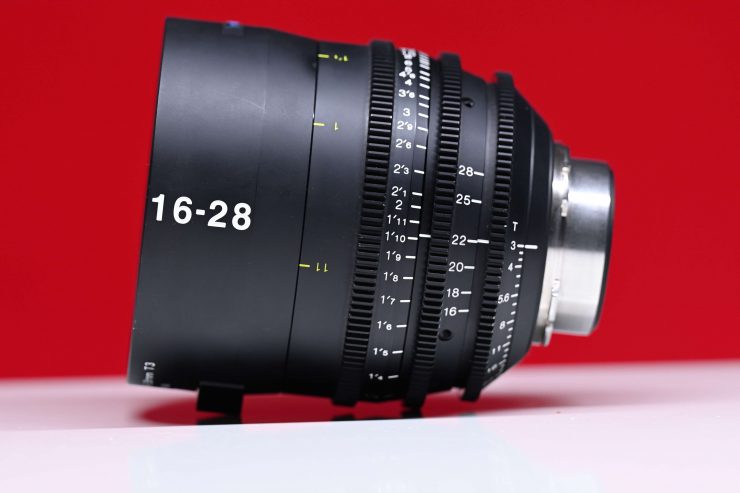
The Tokina Cinema zooms certainly lean more towards warm tones than say lenses from Zeiss. They have a nice amount of character and don’t appear too clinical and uninspiring. What look you actually prefer from a lens is entirely going to come down to personal choice. I really liked the warmer tones of the Tokina lenses, but that is just my personal opinion.
The color tone of a lens is really something you should look at closely if you are going to be using both prime and zoom lenses from different manufacturers. Certain prime and zoom lenses work better together than others. What will work for you will also depend on what camera you are using.
Real World Thoughts
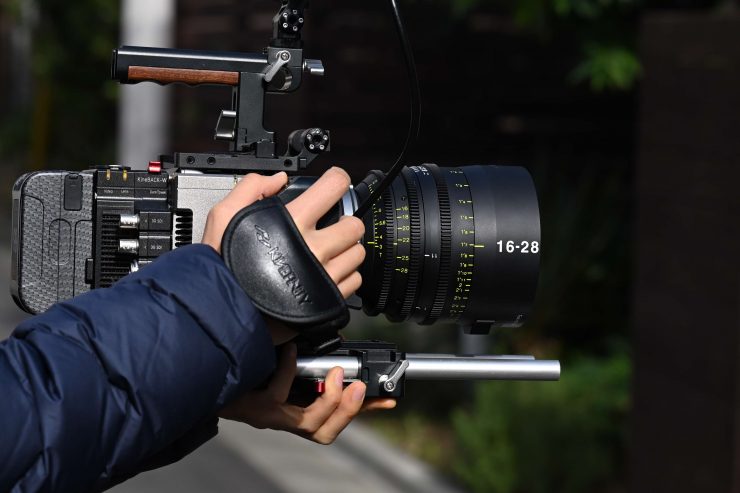
The 16-29mm II T3 is a well-made, optically solid, wide-angle cine zoom that would be right at home on cameras such as the Sony FX6, FX9, VENICE, RED V-Raptor, ARRI ALEXA Mini LF, Canon C500 Mark II, Kinefinity MAVO LF, EDGE, etc.
The lens is really well made and a lot better than the first-generation Tokina cine zooms.
The optical performance of this lens is pretty good, but it is a little softer if you use it wide open at 28mm. In saying that, the overall sharpness of the lens is very good and it doesn’t have any real-world signs of chromatic aberration.
Distortion is well controlled, even at 16mm, and there are no real-world signs of any chromatic aberration. There is some breathing, but it is fairly well contained.
Price
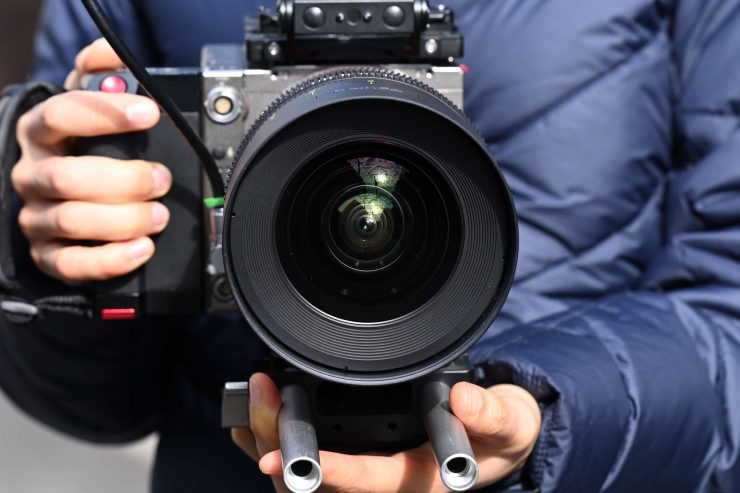
The Tokina Cinema 16-28mm T3 retails for $4,499 USD. I think this is a reasonably fair price given its optical performance, build quality, and large image circle coverage.
Competition
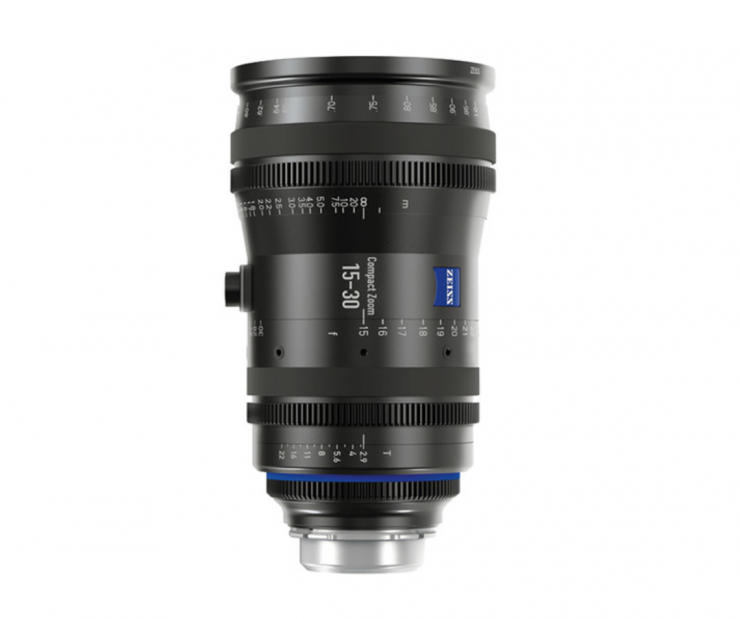
There isn’t actually a lot of competition when it comes to wide-angle cine zooms that cover full-frame and larger sensors, especially at this price point.
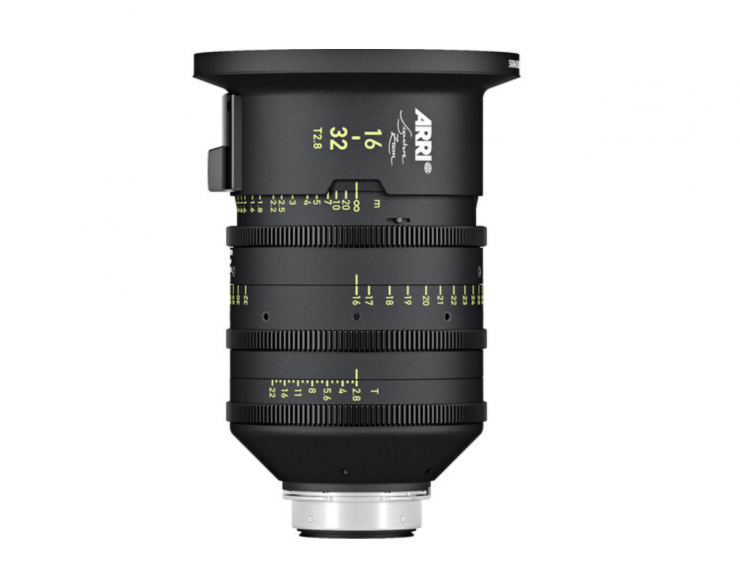
As far as cine zooms that have the exact same focal range, there isn’t anything available. The closest would have to be the ARRI 16-32mm T2.8 Signature Zoom which retails for $69,420 USD, and the ZEISS 15-30mm CZ.2 Compact Zoom which costs $26,145 USD.
| TOKINA 16-28mm T3 | ARRI 16-32mm T2.8 Signature Zoom | |
| IMAGE CIRCLE COVERAGE | 46.7mm | 46 mm |
| WEIGHT | 1.75kg | 3.8kg |
| LENGTH | 142mm | 212mm |
| IRIS BLADES | 9 | Not listed |
| FRONT DIAMETER | 114mm | 156mm |
| FRONT FILTER THREAD | 86mm | none |
| MFD | 28cm | 19.4cm |
| INTERCHANGEABLE LENS MOUNT | Yes | No |
| PRICE | $4,999 USD | $69,420 USD |
| TOKINA 16-28mm T3 | ZEISS 15-30mm CZ.2 Compact Zoom | |
| IMAGE CIRCLE COVERAGE | 46.7mm | 46.3mm |
| WEIGHT | 1.75kg | 2.6kg |
| LENGTH | 142mm | 212mm |
| IRIS BLADES | 9 | Not listed |
| FRONT DIAMETER | 114mm | 114mm |
| FRONT FILTER THREAD | 86mm | None |
| MFD | 28cm | 55cm |
| INTERCHANGEABLE LENS MOUNT | Yes | Yes |
| PRICE | $4,999 USD | $26,145 USD |
These are just comparisons on paper and I don’t for one second want you to believe that the Tokina 16-28mm II T3 is going to have the optical performance of the ARRI. What I want you to get out of this, is that the Tokina is a very affordable option in a space where there isn’t much competition.
Conclusion
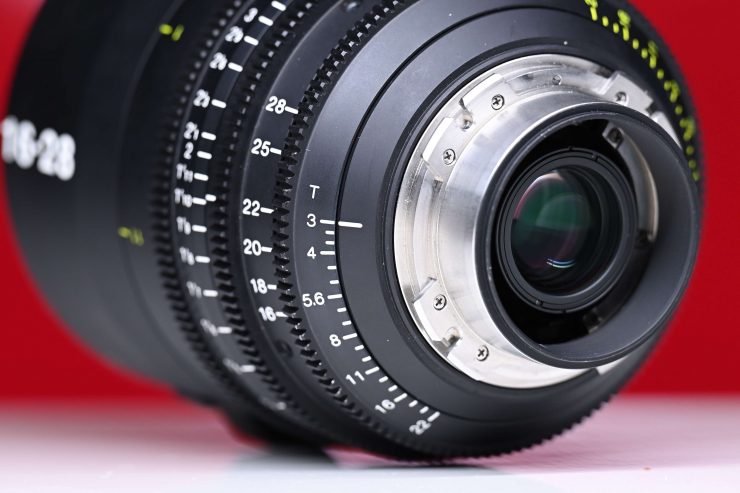
The Tokina Cinema 16-28mm T3 is a good option if you are looking for a solidly made, well-performing ultra-wide-angle zoom for a full-frame cine camera. People who have used any of Tokina’s more recent offerings will attest to how underrated their lenses actually are.
The lens is sharp, but it does get softer out towards the edges of frame when used wide open. The mechanics of the lens are excellent and it will match most other Tokina Cinema zooms and primes reasonably well.
The lens isn’t too heavy for a full-frame cine zoom and it is reasonably easy to operate, especially if you are shooting handheld. The 16-28mm II T3 is squarely being aimed at owner/operators who require a decent zoom that won’t cost you a small fortune. The zoom range is a little limiting, but it really is a lens that has been designed for specific shots and to be used in spaces that are tight.
I enjoyed using the 16-28mm T3, and it really is a good lens to look at if you are after an ultra-wide-angle cine zoom for use with full-frame sensor cameras.



